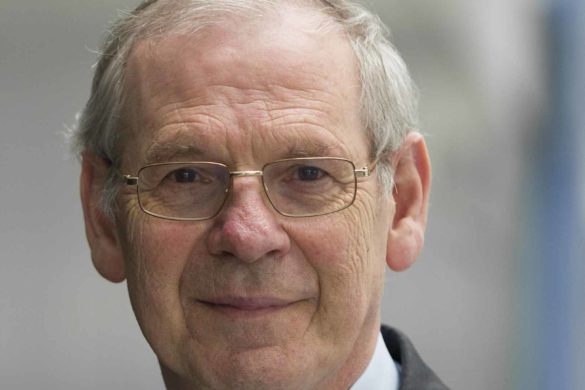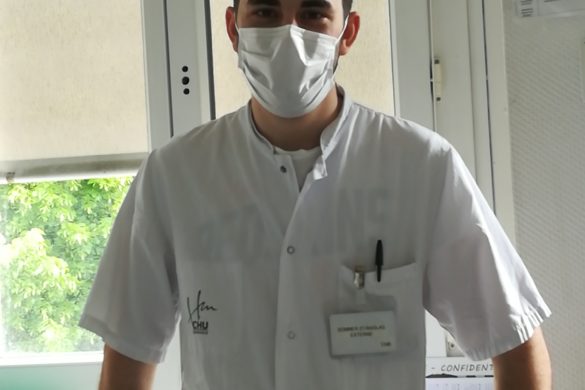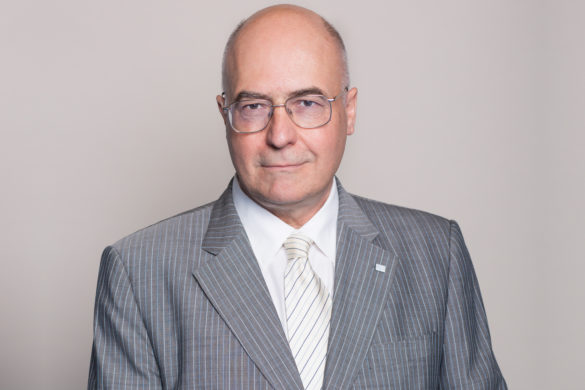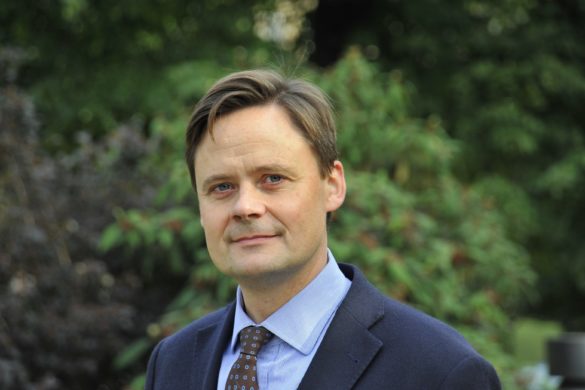Serbia is a country situated at the crossroads of Central and Southeast Europe, with a population of approximately seven million people. Its capital, Belgrade, ranks among the oldest cities in South-East Europe.
Inhabited since the Paleolithic Age, the territory of modern-day Serbia was inhabited by Slavic people migrating to South-East Europe in the 6th century. The Serbian Kingdom obtained recognition by the Holy See and Constantinople in 1217. In 1918 the country constituted the Kingdom of Serbs, Croats, and Slovenes (Kingdom of Yugoslavia from 1929). During the breakup of Yugoslavia, Serbia formed a union with Montenegro, which was peacefully dissolved in 2006, restoring Serbia’s independence as a sovereign state. Serbia has five cultural monuments inscribed in the list of UNESCO World Heritage including the early medieval capital Stari Ras and Sopocani Monastery (13th century), and Studenica Monastery (12th century).
Serbia boasts with two literary monuments on UNESCO’s Memory of the World Programme: the 12th-century Miroslav Gospel, and scientist Nikola Tesla‘s Archive.

The most prominent Serbian scientist Nikola Tesla is credited with being the brains behind alternating current, the radio, wireless technology, and remote control. He has been described as “The Man Who Invented the 20th Century”.

Ivo Andric is the best-known Serbian writer. He was awarded the Nobel Prize in Literature (for The Bridge on the Drina) in 1961.

The University of Belgrade is the oldest and largest university in Serbia, founded in 1808 as the Belgrade Higher School. The University’s Faculty of Medicine, founded in 1920, is one of the oldest institutions of higher education in Serbia. Other faculties of medicine in Serbia are part of the Universities of Novi Sad, Nis and Kragujevac, and the University of Defense in Belgrade.

The health system of the Republic of Serbia is based on compulsory health insurance, with personal contributions as the main source of financing, and large population coverage by health care services. The main provider of health services is the Republic Fund of Health Insurance, under national legislation and control. In Serbia, there are about 450 neurologists (5 neurologists per 100,000 inhabitants), of whom 60% are female.
Serbia’s first clinic of neuropsychiatry was founded in 1923 in Belgrade and had 5 neuropsychiatrists. In 1979, the Clinic of Neuropsychiatry was divided and the Clinic of Neurology was established in Belgrade. From its founding until now, this institution has been a gathering place for the most prominent clinical neurologists in Serbia. It provides education for medical students, specialists in neurology and PhD students, and it is the national centre of scientific research in the field of clinical and experimental neurology. At present, university clinics of neurology are also located in Novi Sad, Nis and Kragujevac, and at the Military Medical Academy in Belgrade.
The Ministry of Health of the Republic of Serbia grants specialisation in neurology to medical doctors who are then free to choose their training at one of the five medical faculties in Serbia. Specialisation in neurology lasts for four years and includes three years of training at a department of neurology and one year at a different department.
One of the leading and most outstanding neurologists of the 19th century Serbia was Laza Lazarevic, who was also an enthusiastic scientist and writer. He was the author of 78 scientific articles published in national and international journals. In his pioneering work, the paper entitled Ischias postica Cotunii, which was published in 1880 in the Serbian language and the Cyrillic alphabet, Lazarevic correctly explained that stretching the sciatic nerve was the cause of pain during the straight leg raising test. This manuscript was subsequently translated into German and published in Vienna in 1884. The Lazarevic-Lasègue sign remains a highly relevant sign in modern clinical neurology.

The most prominent contemporary neurologist in Serbia is Professor Vladimir S. Kostic, a full professor of neurology at the Faculty of Medicine, University of Belgrade and the president of the Serbian Academy of Sciences and Arts since 2015. His main clinical and scientific fields of interest in neurology are neurodegenerative diseases, and movement disorders in particular, where his achievements and exceptional scientific results have been internationally recognised.

The Society of Serbian Neurologists (SSN) has 650 members, including 150 young physicians who represent The Society of Young Serbian Neurologists. The current chairperson of the SSN is Professor Ranko Raicevic, while its founder and former chairperson was Professor Vladimir S. Kostic.
The aim of the Society is to increase awareness of neurological disorders in Serbia, and to improve education and research facilities of health-care professionals dealing with neurology issues. The SSN comprises scientific working groups and special interest groups (national societies for neurosonology, headache, somnology, the peripheral nervous system, and clinical neurophysiology; working groups for multiple sclerosis, rare neuromuscular diseases, and small vessel vascular diseases of the brain). Neurologists from Serbia maintain extensive professional collaboration with colleagues from Europe, the USA, and other parts of the world.

The SSN organises several important regional meetings. Every other year, The National Congress of Serbian Neurologists is held in Serbia with international participation. During the Congress ten years ago, the SSN established the “Laza Lazarevic Award”, to be granted to two most prominent neurologists, one a member of the SSN and the other from overseas, and the “Prof. Dr Zvonimir Levic Award” for the best scientific investigation.
Another important event is the Adriatic Neurology Forum, jointly and alternately organised with the Croatian Neurological Society. The SSN regularly organises international meetings such as Stroke: Challenges, South-East European international scientific meetings on multiple sclerosis in collaboration with regional neurological societies, and international meetings which deal with movement disorders, dementia, epilepsy and neuromuscular disorders.
One of the most important educational activities of the SSN is the annually held School for Young Neurologists. Each year the School is dedicated to a specific group of neurological disorders. More and more young neurologists from Serbia and neighbouring countries participate in these meetings.


Serbia and COVID-19
The first case of COVID-19 infection in Serbia was registered on March 6, 2020, and an outbreak was declared on March 19, 2020. The health care system in Serbia immediately adapted for the COVID-19 pandemic. In neurology departments throughout the country, recommended preventive measures were taken, comprising reducing outpatient face to face contacts to the minimum, using telephone consultations, disallowing visits of relatives, working in small teams, and using surgical masks and visors throughout the working day. The Department of Neurology in the University centre in Belgrade, and, some other tertiary centres, according to the local epidemiological situation were re-organised according to priority and comprised: 1.) Emergency and Stroke Unit; 2.) Regular Ward; and 3.) Outpatient Clinic/Department/Unit, exclusively for non-COVID patients. At hospital level, outside the capital, a number of separate neurology units were prepared exclusively for the treatment of patients with COVID-19. Most scheduled hospital procedures were cancelled or postponed. However, treatment for patients with chronic neurological disorders were continuously administered, according to previously defined schedules. Clinical trials and research are ongoing.













